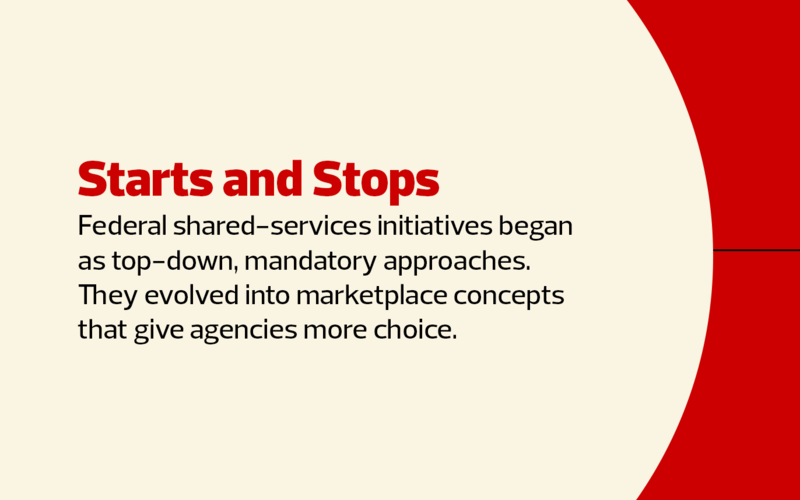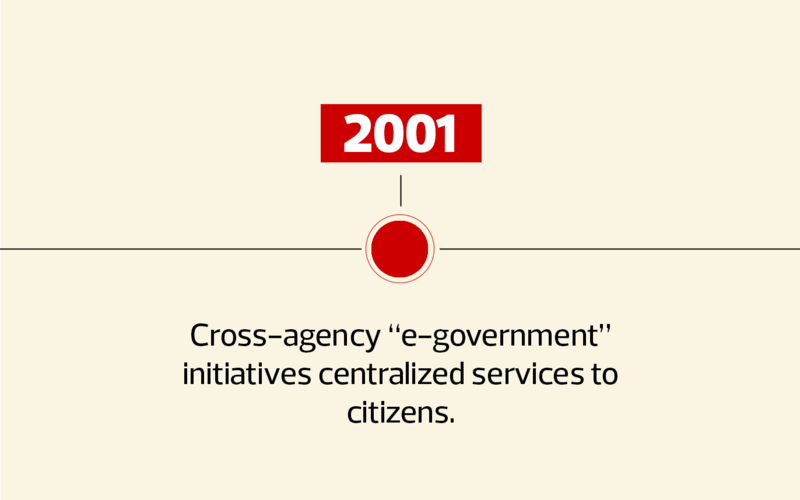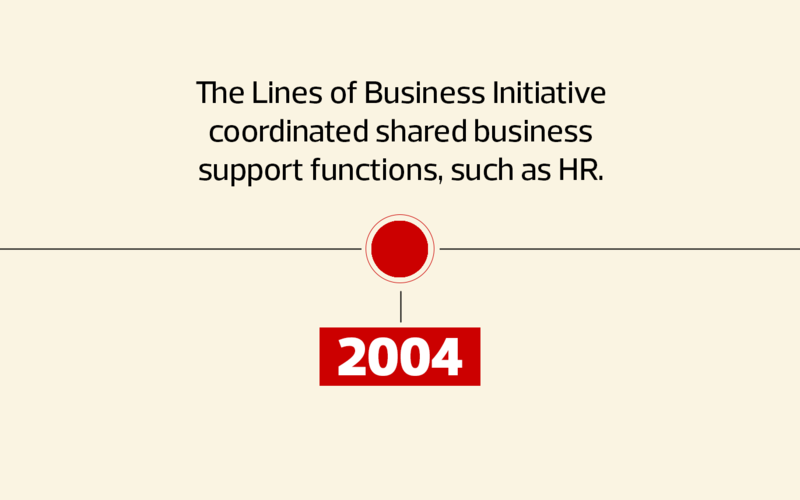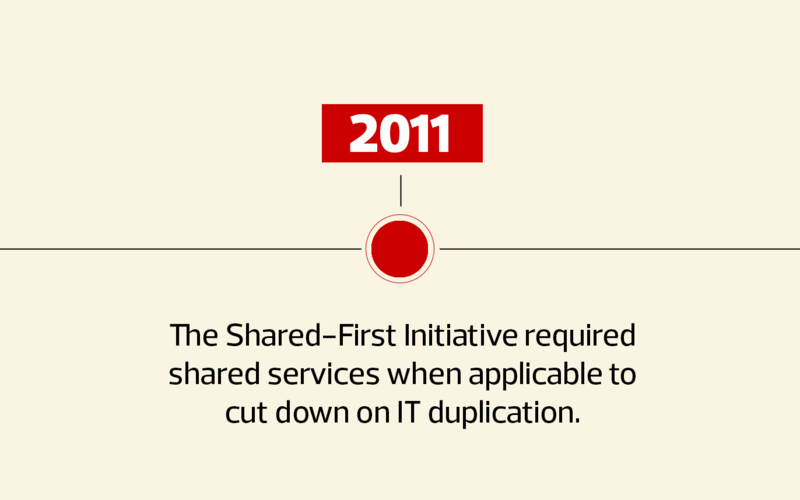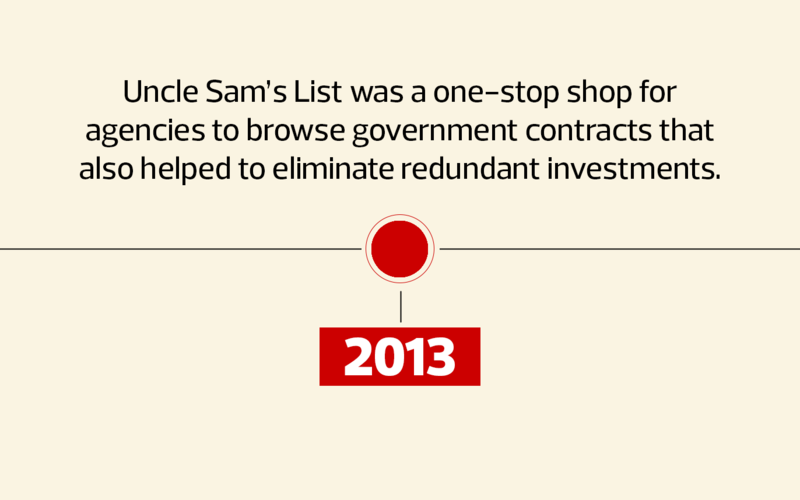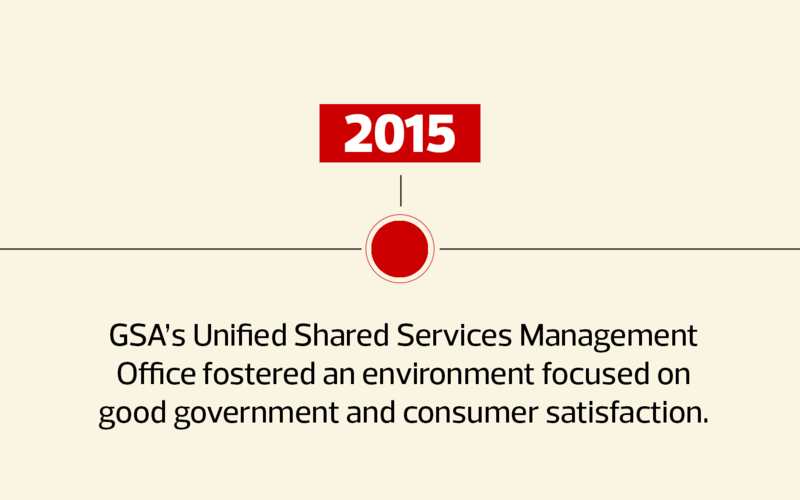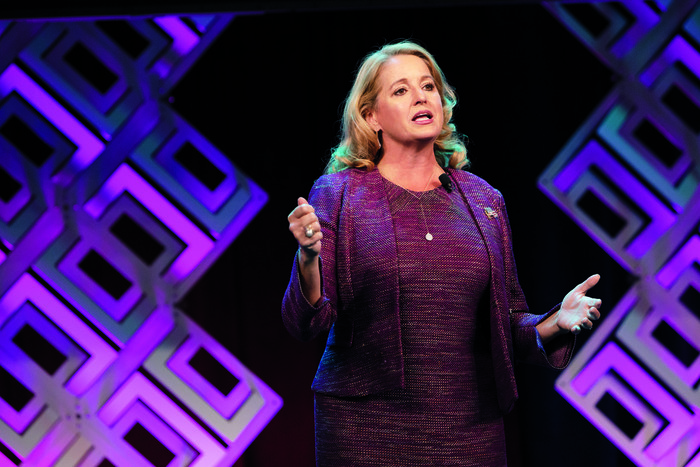An Update to the Concept of Shared Services
“The QSMOs will decide in what order those services are delivered, based on customer feedback and on available solutions that meet those needs,” Kent adds.
“Those can be current government solutions that they pull into a structure that makes them easier to offer, they could be vendor solutions, they could be things that the QSMOs build — or they could be things that are offered as a service, with the QSMO operating as a general contractor.”
Shared services in federal government is far from a new idea. But proponents of the new push hope that the effort will utilize lessons learned from previous initiatives, emphasize continuous improvement and accountability and feature proactive engagements with the agencies being served.
“The idea of shared services goes back to the early 2000s, but everything has evolved so much since then,” says Nicole Burdette, technology marketing and public relations leader for MeriTalk.
“It was a good concept then, but today it’s more technically feasible,” she adds. “I think there is a very significant opportunity here, because we’re at a very different place with technology today.
“It means faster service, it means better service, and it means self-service in some cases,” Burdette says. “The other goal is absolutely to save money. We know if we’re supporting hundreds of human resource information systems — and we know there are hundreds of these systems across government — those are wasted dollars that can’t be used for innovation.”
VIDEO: Federal CIO Suzette Kent explains the government’s IT innovation agenda.
The Search for Consistency for Agencies
Burdette notes that around 80 percent of federal IT dollars are currently spent on operations just to maintain the status quo. “Shared services are an opportunity to shift that equation to eliminate redundancy and waste, so that those dollars can be used for innovation and improvements,” she says.
One lesson that came out of the QSMOs’ standards-setting process, Kent says, was how inconsistent some relatively basic services can be across government.








